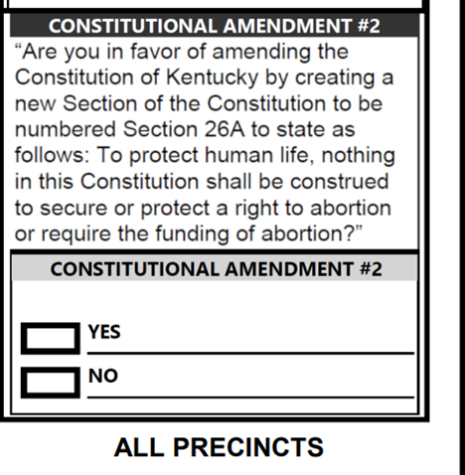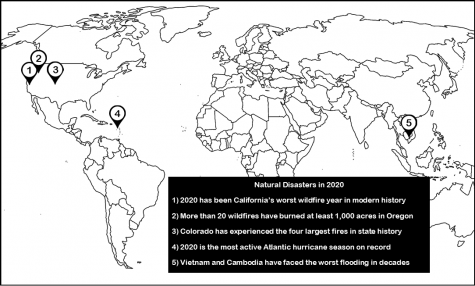Beyond Boone (February 2019 Issue)
March 7, 2019
President Donald Trump agreed to temporarily reopen the U.S. government late January, as negotiations over the proposed US-Mexico border wall continue. The shutdown was the longest in U.S. history, lasting 35 days.
The government reopening is said to last three weeks (until Feb. 15), and end if no deal has been made between Trump and Congress on the proposed southern border.
“I am very proud to announce today that we have reached a deal to end the shutdown and reopen the federal government,” Trump said on Jan. 15 at the White House.
The U.S. government shutdown began late December following Congressional leaders and President Donald Trump’s failure to agree on the U.S. Department of Homeland Security annual budget.
Trump requested for a 7.8 percent budget increase, or an extra $5.7 billion dollars, for Homeland Security to fund a U.S.-Mexico border wall, but was turned down by Congress on Dec. 21. The government was shut down the following day.
Originally, Trump was insistent that the government would remain shut down until his proposal was met, but as over 800,000 government workers missed two paychecks, and airports began to close terminals due to employees calling in sick, some say his hand was forced.
Trump has made it clear that the reopening will not last if no deal can be made, threatening to call a state of national emergency that would allow him to use military project funding to build the wall.
“I do not think that’s a good idea,” Texas Rep. Mac Thornberry said on the possibility of military funding being used. “There are real needs today with barracks, and maintenance facilities and all sorts of military construction projects that are important for national security.”
During a press conference on the government reopening, Trump said, “If we don’t get a fair deal from Congress, the government will either shut down on Feb. 15, or I will use the powers afforded to me under the laws and Constitution of the United States to address this emergency.”
Trump has not admitted defeat, tweeting that the shutdown “was in no way a concession,” but rather was “to take care of millions of people who were getting badly hurt by the shutdown.”
The U.S. Congressional Budget Office (CBO) estimated that the overall cost of the shutdown was more than $11 billion, with $3 billion unrecoverable.
Trump blamed the shutdown entirely on the democratic members of congress, saying they “refuse to acknowledge the humanitarian crisis” on the southern border.
This claim was refuted by Democrat and speaker of the U.S. House of Representatives Nancy Pelosi, who released a statement saying that a southern border would be forcing American taxpayers to “waste of billions of dollars on an expensive and ineffective wall.”
“We all agree that we need to secure our borders, while honoring our values … we can fund more innovation to detect unauthorized crossings,” Pelosi said.
The U.S. House of Representatives is currently 54 percent democratic, and Pelosi is strongly opposed to a southern border, making many are doubtful that the wall will be funded.
A poll from NPR found that Trump’s approval rating dropped 10 points following the reopening, with longtime Trump supporter and political commentator Ann Coulter calling him a “wimp” for his choice to temporarily end the shutdown.
Despite the poll, Trump’s political team said that the shutdown and reopening “hasn’t damaged his 2020 (presidency) prospects.”








